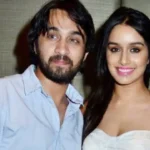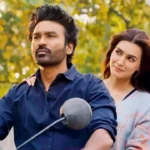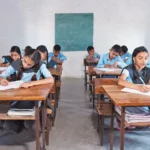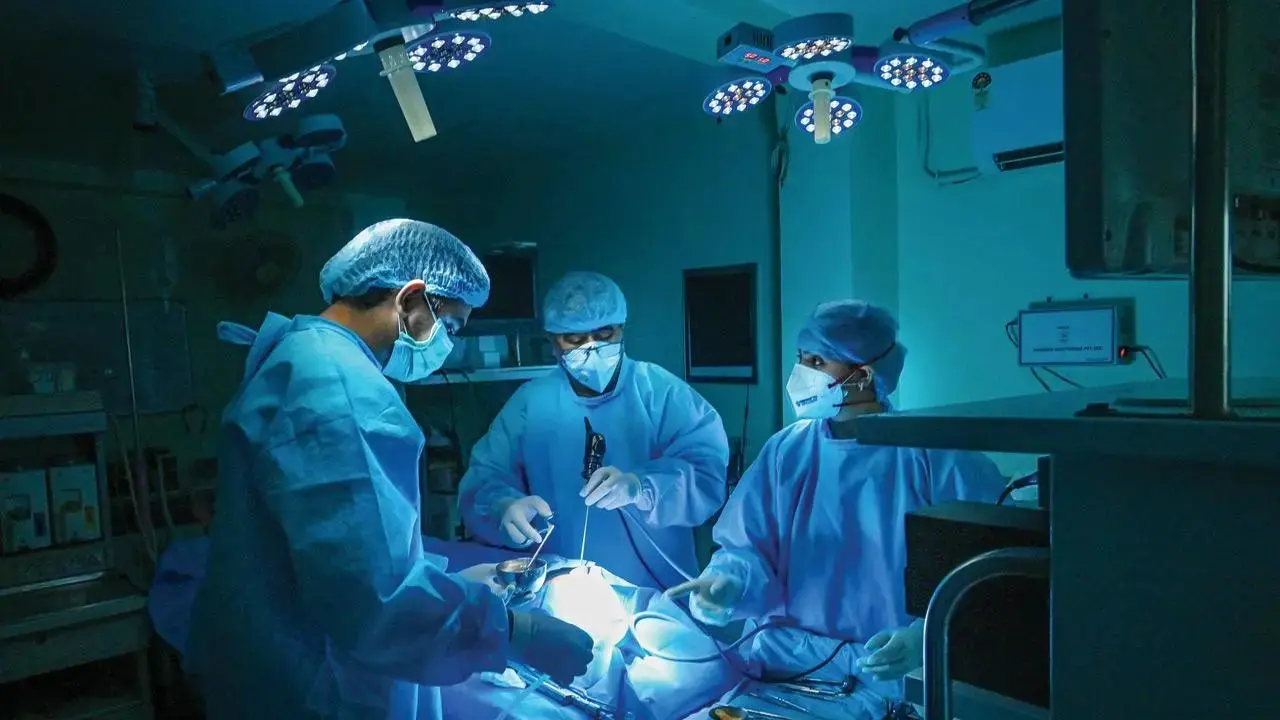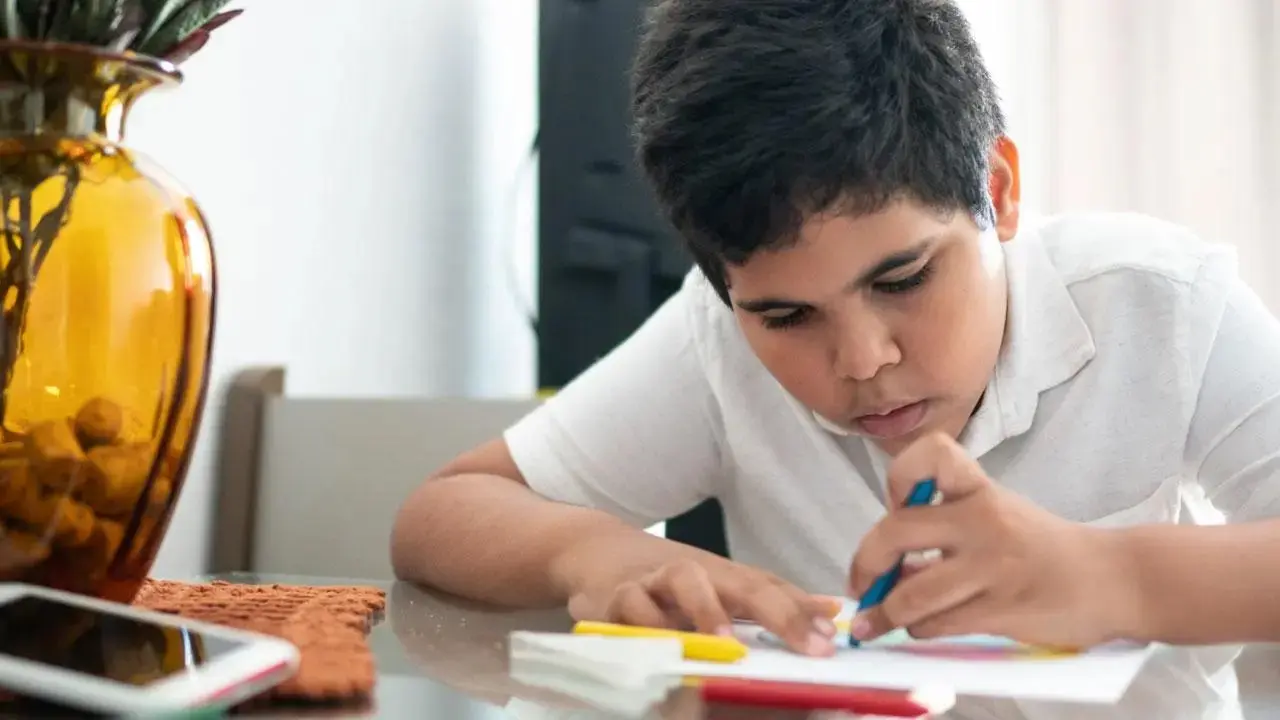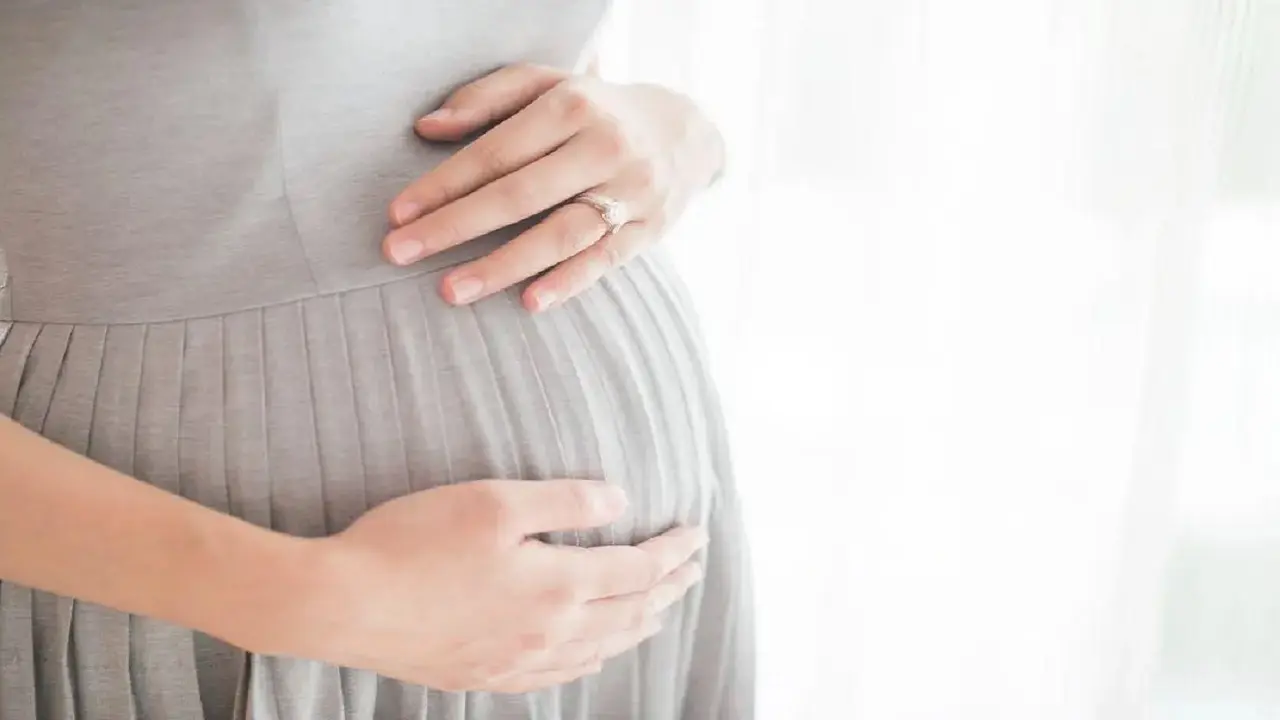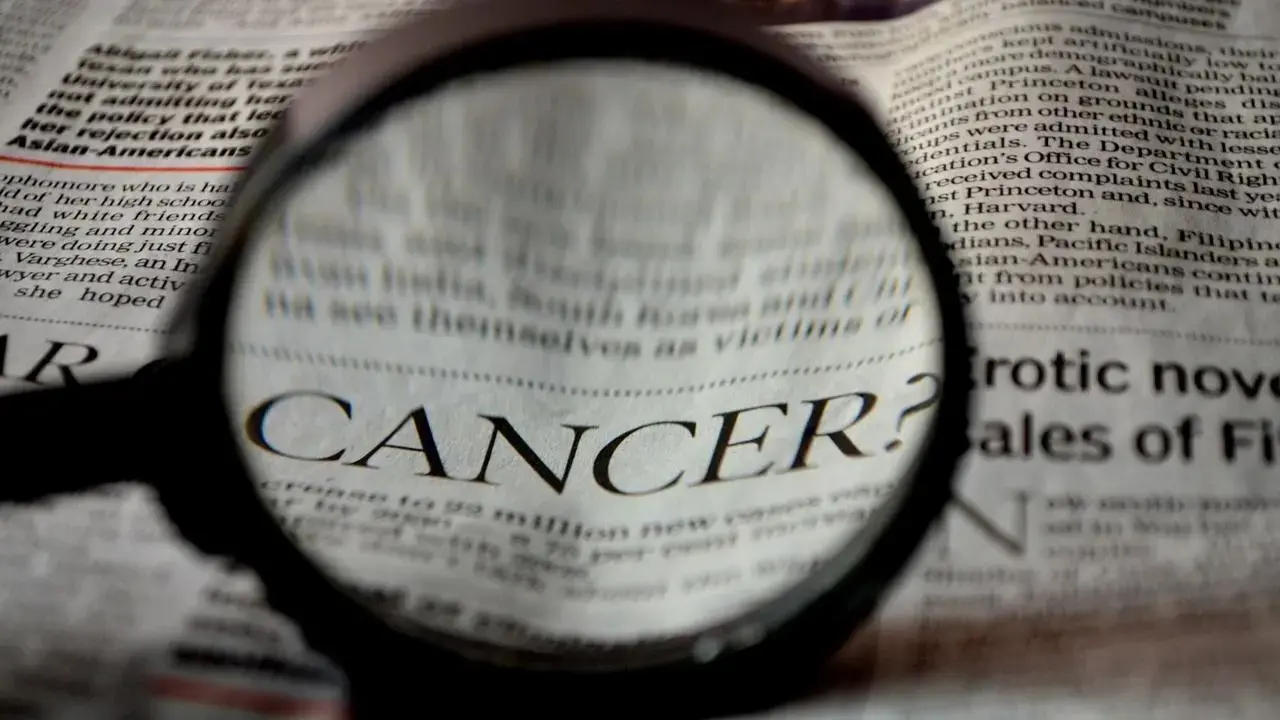In a remarkable case, doctors at a Mumbai hospital have saved the life of a critically injured four-year-old Vaibhav Mishra.
The child was brought to the Emergency department at Jaslok Hospital after sustaining a high-impact pedestrian injury. The patient was found unconscious and alone by police personnel, having been struck by a four-wheeler while attempting to cross the road.
Upon arrival, Vaibhav exhibited a severely depressed level of consciousness (Glasgow Coma Scale score of E1V1M1, which means unconscious and no response to deep pain, signs of head trauma, and multiple external bruises. The Accident & Emergency team, including Dr Sachna Shetty and Dr Sunil Jain at Jaslok Hospital, promptly initiated the paediatric trauma protocol with spinal stabilisation, airway management through endotracheal intubation, and fluid resuscitation to stabilise the patient.
Early imaging and diagnosis, emergency imaging revealed critical injuries, including intracranial haemorrhage and diffuse cerebral edema with multiple contusions in both lungs. Additional injuries included fractures to the clavicle, mandible, and first rib, along with a right-sided pneumothorax, all of which were identified through CT scans of the brain, spine, thorax, and abdomen. It was suspected to be a Diffused Axonal Injury and was later confirmed by MRI brain reports.
A comprehensive management plan was initiated with the involvement of the paediatric trauma care, neurology and neurosurgery, orthopaedic, and intensive care teams for children. The child was started on IV fluids, IV antibiotics, anticonvulsants, hypertonic saline for intracranial pressure management, and sedative analgesia. MRI findings later confirmed the diagnosis of Grade 3 DAI. Surgical Intervention & Recovery Orthopaedic intervention was required for the fractured clavicle, which was surgically repaired without complications.
Over the next few days, Vaibhav showed encouraging signs of neurological improvement, including spontaneous eye opening and limb movement. He was successfully extubated and weaned off oxygen support.
Dr Shetty, consultant – Accident & Emergency, at the hospital said, “Vaibhav was brought in a deeply unconscious state with signs suggesting potential airway compromise. Our priority was to secure the airway and stabilise the patient hemodynamically. Early diagnosis through trauma imaging played a pivotal role in guiding further interventions and preventing secondary complications.”
Dr. Shehla Kazi, consultant – Paediatrics, , “Vaibhav’s condition was critical. He was immediately started on IV fluids, IV antibiotics, anticonvulsants, medication for intracranial pressure management, and sedative analgesia. MRI findings later confirmed the diagnosis of Grade 3 DAI, hence timely Paediatric trauma care, Neuroprotective interventions and supportive care helped stabilise neurological functions. Holistic approach in the form of physiotherapy, speech therapy and Ooccupational therapy by expert Dr Shehnaz Shaikh was started early on and continued neuro-rehabilitation under the expert care of Dr Anaita Udwadia Hegde, Paediatric Neurologist, and close paediatric monitoring were key to the recovery journey.”
Dr. Abhijeet Savadekar, consultant – Orthopaedics and Shoulder Surgeon at Jaslok Hospital & Research Centre added, “Vaibhav had a severely displaced clavicle fracture with suspected brachial plexus injury due to high velocity trauma. Fractured Clavicle end was exposed through the skin with possible ligament and Brachial plexus injury. Surgery was carefully performed by Dr Kiran Ladkat, Consultant Orthopaedics and Hand and Brachial plexus surgeon and myself with the guidance of Dr Rujuta Mehta, Paediatric Orthopaedic Surgeon at Jaslok Hospital. Given the polytrauma context, it was important to ensure timely intervention while coordinating with the Neurology and Paediatric teams to prevent any delays in recovery and to get the best possible functional outcome. The surgery was supported by the Dr Anuraj Jain, Consultant Anaesthesiology at Jaslok Hospital.”
Ruby Mishra, Vaibhav’s mother expressed her heartfelt gratitude for saving her child and said “I couldn’t believe in any other hospital and doctors after seeing the way my child was managed when he was brought in critical condition with no hope of survival.”
The patient was discharged in a hemodynamically stable state, showing gradual but promising neurological recovery. The family was provided detailed education on feeding, medication, home care, and warning signs requiring medical attention. Ongoing physiotherapy and speech therapy have been advised to ensure long-term rehabilitation.


